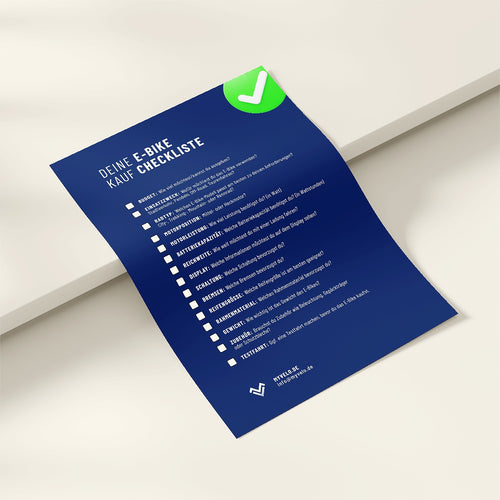“Battery stinginess” describes the behavior of using the battery capacity of an e-bike as economically as possible and saving battery energy while on the move. This is a frequently discussed topic, especially for e-bike riders who travel longer distances, in order to maximize the range without having to recharge in between. Cost awareness for new batteries or concern about a longer battery life also play a role. Battery stinginess is also associated with range anxiety .
Why battery stinginess can make sense
E-bike batteries have a limited number of charging cycles, and intensive use leads to a loss of capacity more quickly. Through targeted battery management, i.e. "battery stinginess", you can protect the battery and thus benefit from its full performance for longer.
Tips for battery stinginess: Save energy on your e-bike
-
Choosing the support level: Depending on the e-bike model, different support levels can often be selected. If you mostly ride with the lower level of support, you will save a lot of battery. The higher level can be switched on when going uphill or against strong winds.
-
Efficient driving: Anticipating driving helps to save energy. Frequent starts and abrupt braking use up more battery power than a constant speed.
-
Tire pressure and weight: Optimum tire pressure and a lower overall weight improve the range. The less resistance, the lower the energy consumption.
-
Pay attention to the route: Flat routes without major inclines put less strain on the battery. The surface also has an influence: less energy is needed on smooth paths than on sandy or rocky paths.
-
Pay attention to temperature: Extreme temperatures affect battery performance. In hot or cold conditions, the e-bike should be ridden as gently as possible to reduce energy consumption.
“Battery conservation” is not only a clever driving strategy, but also a way to extend the life and efficiency of the battery.
Through conscious use and the right settings, e-bike riders can enjoy their e-bike for longer and at the same time maximize the range.





